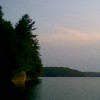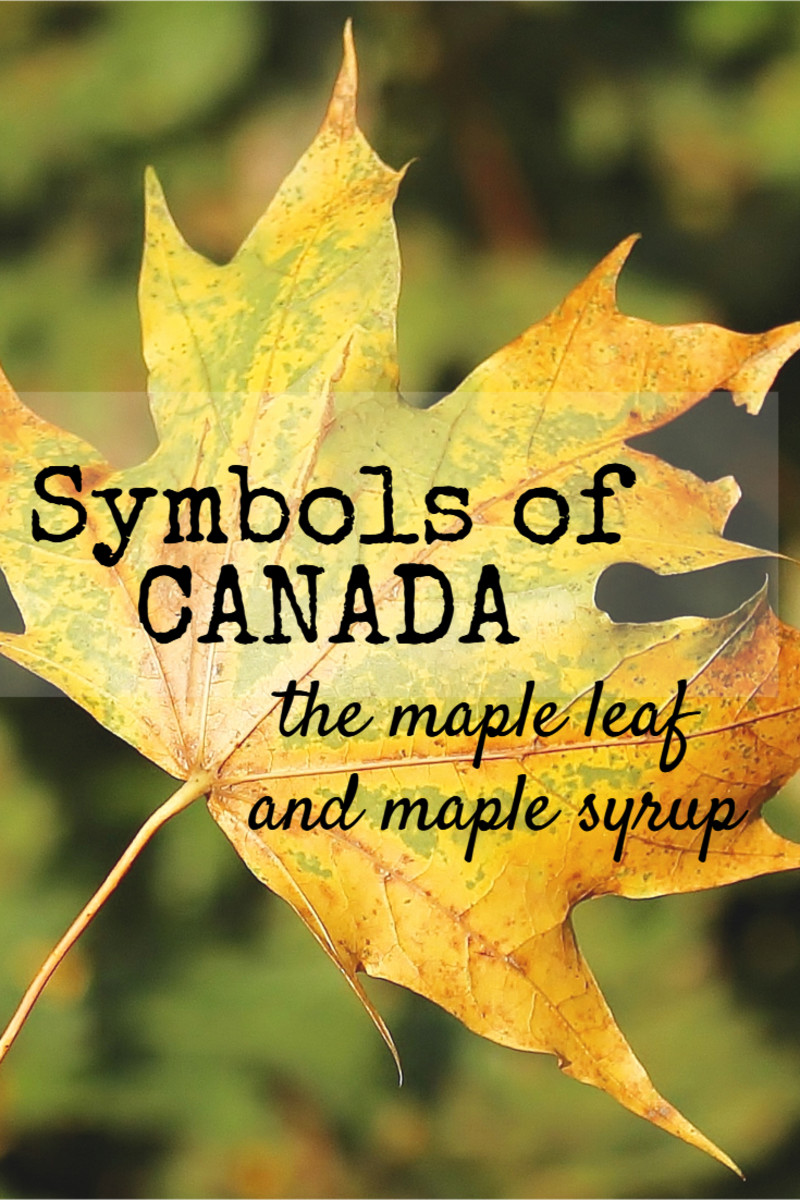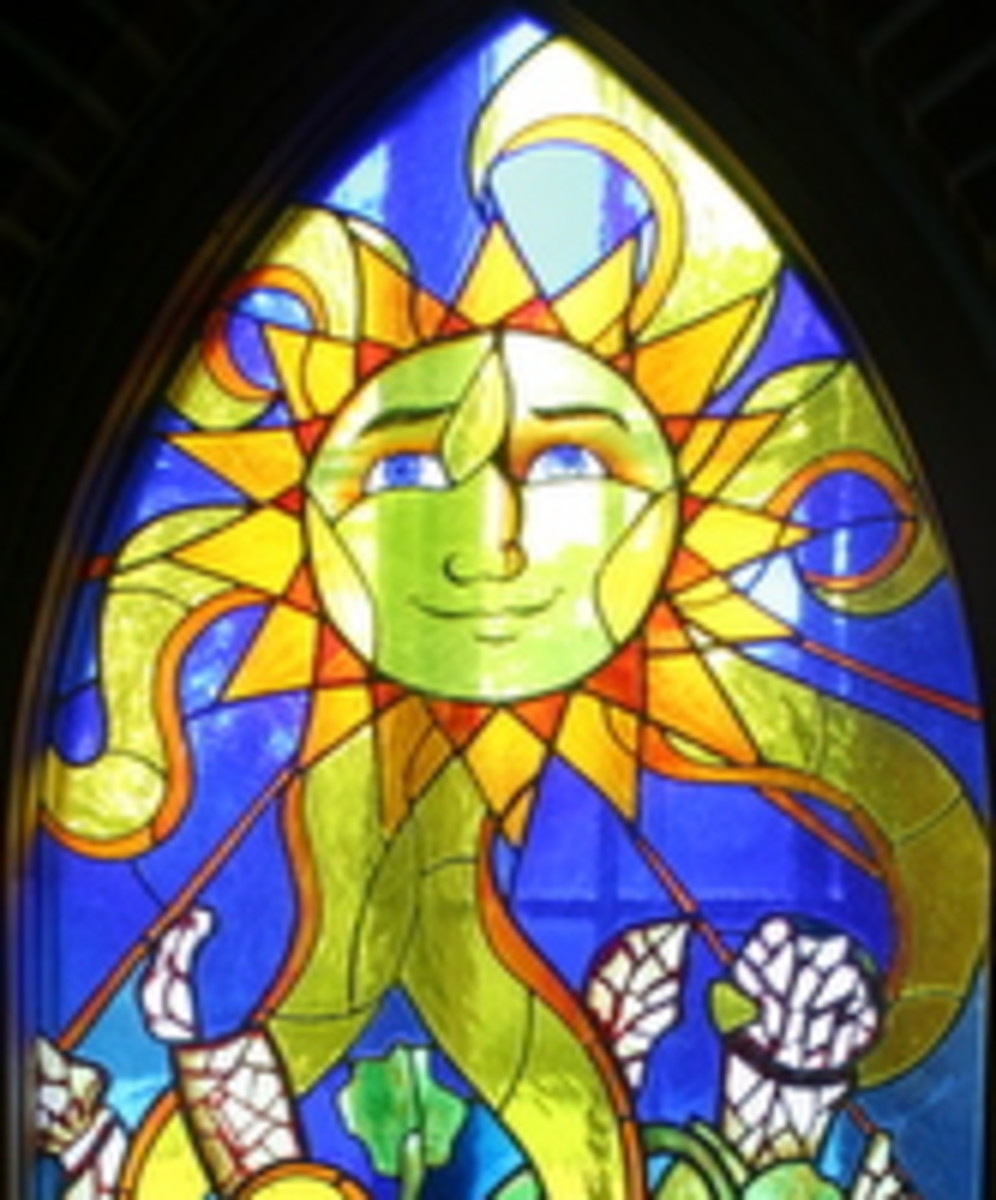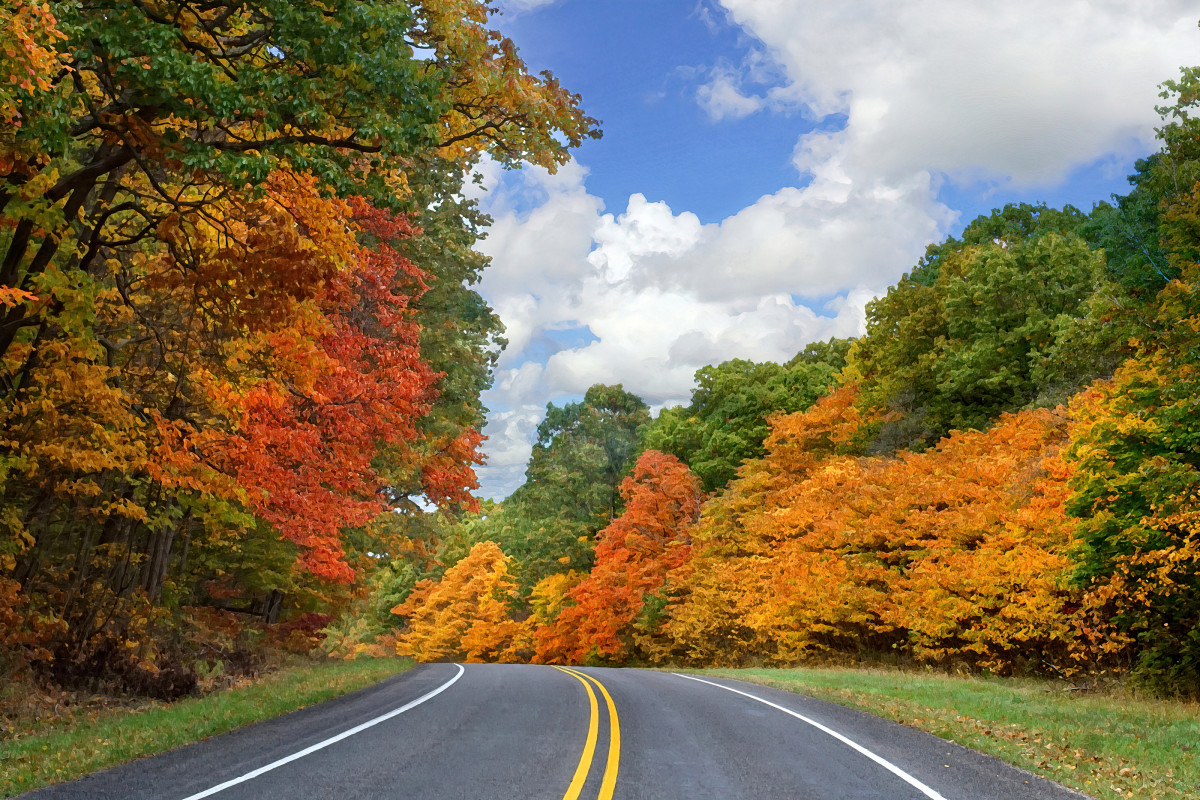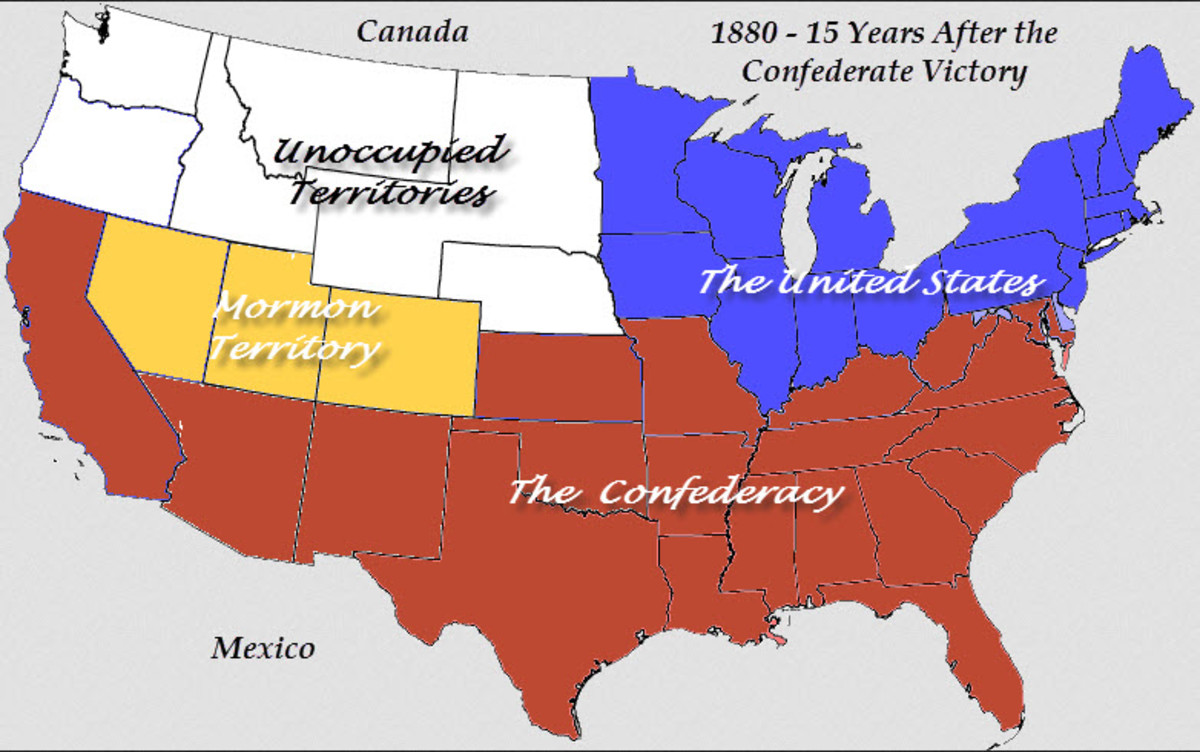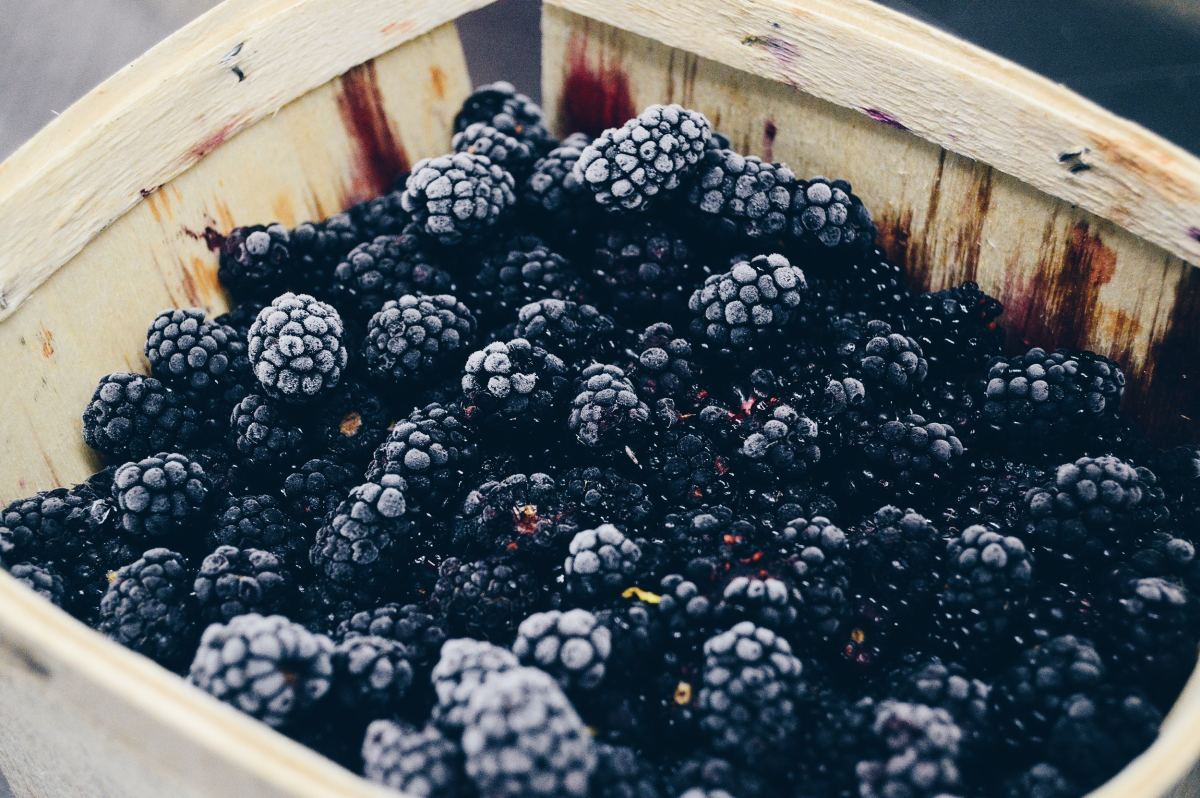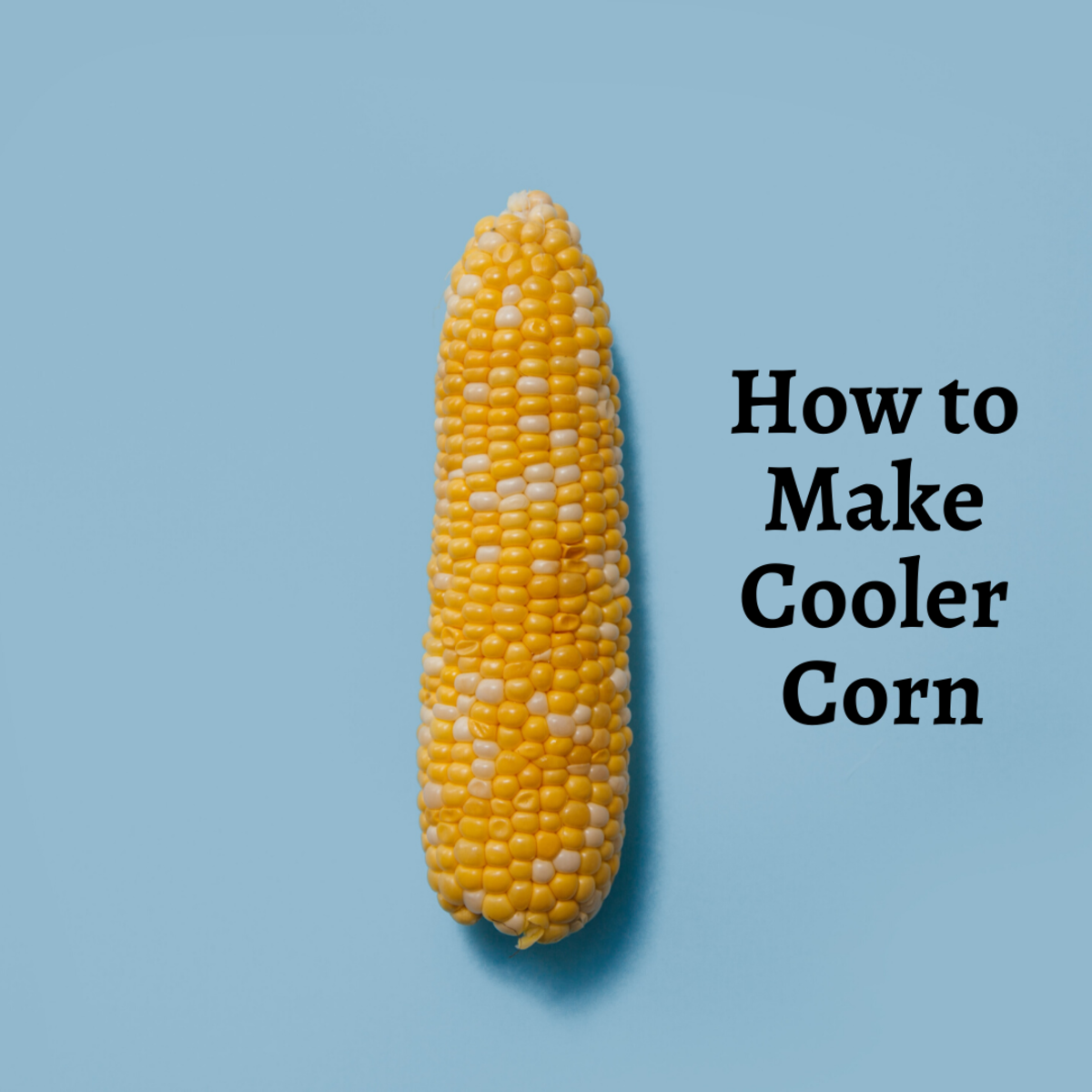How To Make Maple Syrup
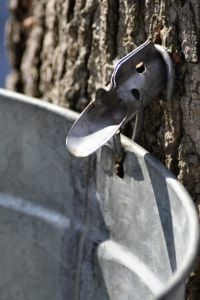
Maple Syrup
Every spring in Canada and the Northern United States the sugar bush springs to life. The changing of the seasons causes the sap to start flowing in maple trees signaling the start of spring and maple syrup production begins.
Maple syrup was first produced by the Aboriginal peoples of North America. The first European settlers adopted their tradition as far back as the 1600’s. Today, the province of Quebec in Canada is the world’s largest producer of syrup. The province of Ontario and the State of Vermont also produce large amounts each spring.
Tapping the Trees
Making maple syrup is fairly simple and can be done at home with very few tools required. The most important item to have are sugar maple trees. Although other types of maple trees will produce sap, the sugar maple yields the best for flavour and colour.
Sap is collected by drilling a 1/2” hole into the side of a sugar maple tree that has a diameter of at least 10”. The hole should be about 2” to 4” deep and roughly 54” from the ground. Attach a spout or “spile” to the hole to help guide the sap into a bucket that is hung under the spout or attached to the spile. Cover the bucket with aluminum foil (or use a commercially available metal bucket with a lid) to keep the sap clean from bark or insects. Trees that are tapped should be at least 30 years old and can continue to be tapped until they are over 100 years of age. The best time to tap trees is when the outside temperature ranges between 5°C (41°F) during the day and -5°C (23°F) at night.
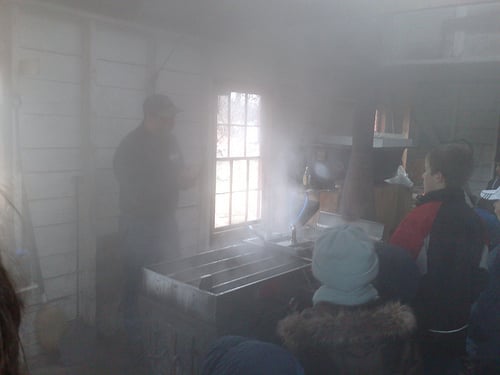
Boiling It Down
Empty the sap frequently and boil it down as soon as possible. Sap can ferment or rot in the fridge if you wait to long too start the boiling process. It will take approximately 40 quarts of sap to make one quart of syrup. Each tree will produce from 5 to 15 gallons of sap over the course of what producers call the “run”.
Sap should be boiled to 4°C (or 7.5°F) over the boiling point which is usually around 100°C (212°F) until it has reduced down to a thick, yet runny, syrup. It must be bottled at 82°C (180°F) to prevent bio-degrading in the bottle while it is stored. As the sap boils it will foam, this foam needs to be removed along with any bits of Mother Nature left in it such as bark or other dirt. A candy thermometer works well for regulating the temperatures.
Colour and Candy
Good quality syrup will have a nice amber colour to it and not be too watery. Syrup is graded based mostly on it’s colour after boiling. The grades are classified as light, medium and dark. There are some sub groups in each category as well. The United States has a slightly different method of judging the grades than Canada; however it essentially boils down to the same thing. Light syrup is lighter in colour and less sweet, medium which is the most common table syrup, and dark which has a dark colour and is sweeter and thicker. Maple syrup will develop crystals if left to boil for too long. These crystals are not poisonous but should be filtered out so the syrup is not gritty.
Syrup can be boiled down even longer to make sweet and delicious maple candies. The thick sap is poured into moulds so when set the candies take on different fun shapes. Other products such as maple butter can also be produced. A traditional treat made on tours of sugar bushes is to pour fresh syrup on clean snow. This maple candy treat is very popular with children as well as adults and can be eaten like taffy. In Quebec they call it tire d’érable and in the USA it is known as sugar on snow.
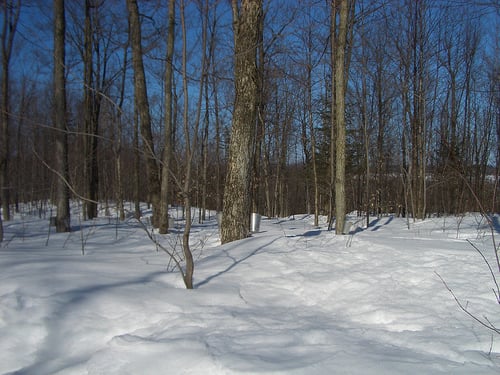
The Sugar Bush
This spring try out the time honoured tradition of making some maple syrup. Or take the family to a sugar bush for some fresh air and the chance to see how syrup is made on a larger scale in a sugar shack. Many sugar bush operations offer wagon rides back to the trees. Most producers will usually have a few bottles on hand for sale too and often pancake lunches can be arranged to try out the sweet goods.
